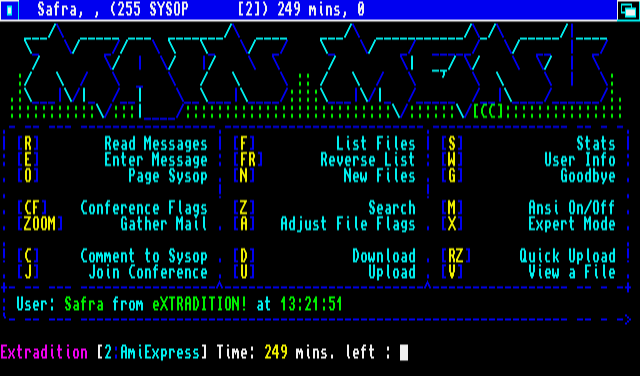Fujinon GF100-200mm f/5.6 R LM OIS WR lens
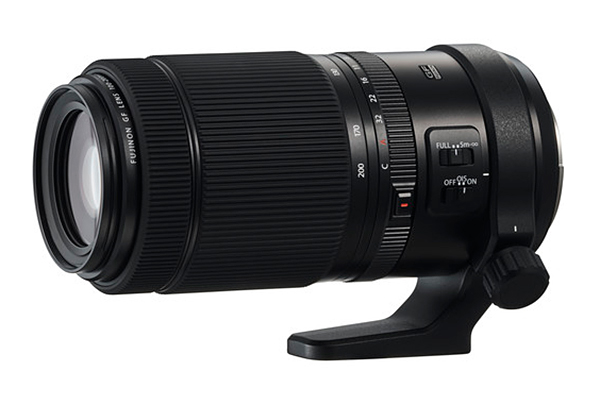
In summary
Photographers who have invested more than AU$9000 in a GFX body will naturally expect a lens that can match it. With our tests and real life usage we can confirm the GF 100-200mm f/5.6 R LM OIS WR can fill the bill very handsomely.
Full review
Announced in mid-January 2019, Fujifilm’s GF 100-200mm f/5.6 R LM OIS WR lens complements the initial GF 32-64mm f/4 standard zoom to extend the range for GFX system cameras by the equivalent of 79-158mm in 35mm format. Ruggedly built with dust- and moisture-resistant sealing, it is the third optically stabilised GF lens to be released. With a weight of just over one kilogram, it also comes with a removable tripod collar and is compatible with Fujifilm’s GF1.4X TC WR 1.4x Teleconverter, which extends the focal length range to 140-280mm (110-221mm in 35mm format).
Angled view of the Fujinon GF 100-200mm f/5.6 R LM OIS WR lens without the supplied hood. (Source: Fujifilm.)
The optical design of this lens consists of 20 elements in 13 groups, as shown in the diagram below. Among the elements are two super ED lenses and one aspherical lens which reduce chromatic aberrations and field curvature aberrations to optimise image quality. A rounded nine-blade diaphragm helps to create attractive bokeh.
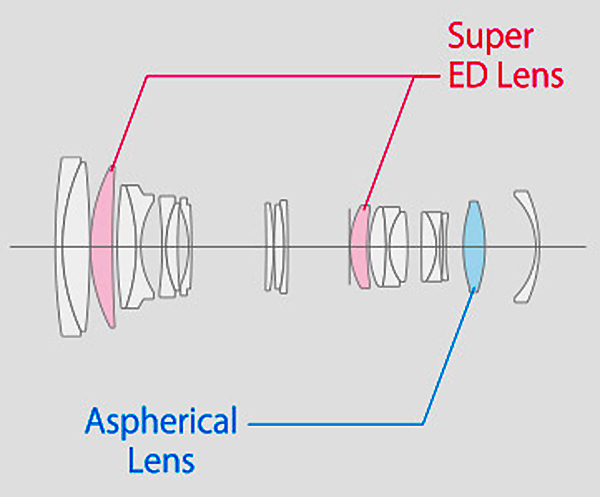
The optical diagram for the GF 100-200mm f/5.6 R LM OIS WR lens showing the positions of the exotic glass elements. (Source: Fujifilm.)
Built-in optical stabilisation provides up to five stops of shake correction, enabling this lens to be used for hand-held shooting in relatively low light levels, where the GFX100S camera we used for our tests excels.
Autofocusing is driven by a linear motor which is accurate, quiet and fast. A special mechanism (introduced in the GF 250mm f/4 lens in 2018) allows the motor to remain fixed in position when the camera’s power is turned off or during playback to avoid any additional vibrations.
The GF 100-200mm f/5.6 R LM OIS WR lens is supplied with the FLCP-67II front cap, RLCP-002 rear cap, a dedicated lens hood with a sliding port cover to make adjusting angle-critical filters easy, a removable tripod collar foot and a soft lens pouch.
Who’s it For?
The 79-158mm equivalent focal length range of this lens makes it suitable for portraiture and some types of wildlife, where the optical stabilisation will be advantageous. While the 2x zoom range is limited, the constant f/5.6 maximum aperture facilitates precise adjustments for controlling depth of field.
The price and size of this lens will probably mean it’s sought after by professional users. While not the longest lens in the GF range, it’s lighter than the GF 250mm f/4 R LM OIS WR prime lens and a bit more versatile.
Build and Ergonomics
Made in Japan, the GF 100-200mm f/5.6 R LM OIS WR is large, weighing more than one kilogram. But it’s ruggedly built and tolerant of sub-zero temperatures. It also includes extensive dust- and weather-resistant sealing, which is shown in the diagram below.
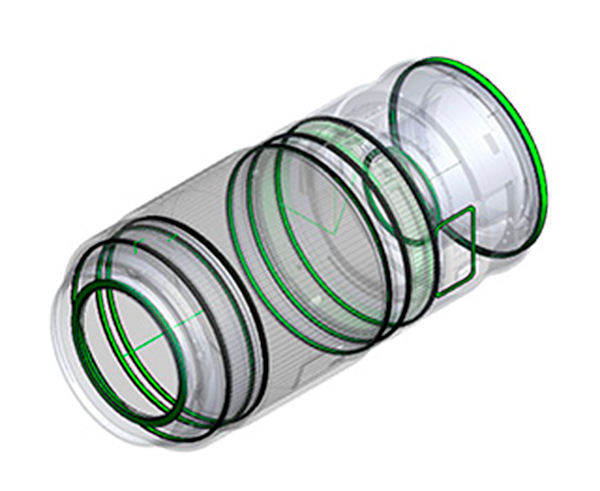
This diagram shows the positions of the weatherproof seals in the GF 100-200mm f/5.6 R LM OIS WR lens. (Source: Fujifilm.)
The focusing ring is located 13 mm back from the leading edge of the lens, which is threaded to take 67 mm diameter filters. This ring is 15 mm wide and mostly covered in thick rubberised ridging. Because focusing is driven from the camera, it turns through 360 degrees when power is not supplied.
In use, autofocusing is moderately fast, while since it is controlled by the camera, manual focus responds to the rate at which the ring is turned. This lens suffers from slight focus breathing, in that the image becomes slightly smaller as the lens is focused more closely.
Immediately behind the focusing ring is the zoom ring, which is 75 mm wide, with a 58 mm band of slightly more widely spaced rubber-like ridging. Zooming is internal so the lens does not extend. The ring turns smoothly through an angle of about 60 degrees as the lens is turned between 100mm and 200mm.
Focal length settings for 100mm, 130mm, 170mm and 200mm are engraved on the unridged section at the trailing end of the zoom ring, which is 12mm wide. They’re line up against a white line just in front of the aperture ring.
The aperture ring is 15 mm wide with an unridged 5 mm wide band on its leading edge that carries the aperture settings in one-stop increments. There’s a locking button around the left hand side of the ridged section, which allows users to switch to the C and A positions. The C (Command) position users adjust aperture settings via the camera’s command dial, while the A position is for auto exposures where the camera decides the adjustment.
Immediately behind the aperture ring is a 30 mm wide section of the lens barrel which carries the focus range selector and stabilisation sliders. The former has two settings: FULL and 5m to infinity, while the latter is limited to on and off settings.
The tripod collar is attached to a slightly recedes section of the lens barrel just behind these switches. It’s easy to fit and remove because it is hinged and has a pull-out locking knob. (We wish all tripod collars used this kind of design!)
The lens barrel slopes slightly inwards from there to end in a very solid metal mounting plate. The lens mount is surrounded by a rubber ring that keeps out moisture and dust.
The supplied, petal-shaped lens hood is 150 mm long, with a sliding hatch that lets users adjust filters. It’s reversible over the lens for transport and storage.
This lens is compatible with the optional GF 1.4X TC WR Teleconverter that can be attached to extend the zoom reach.
Performance
We carried out our Imatest tests with the review lens on the GFX 100S body (INSERT LINK) and based measurements on Medium JPEGs recorded with Superfine quality. The same lens was used for evaluating rectilinear distortion and vignetting, although for both we looked at 11,662 x 8752 pixel RAF.RAW files, which were converted into an editable format using Adobe Camera Raw.
Our Imatest tests showed the review lens to be capable of exceeding expectation for the resolution of the sensor across a large percentage of the recorded frame. The best performance was at f/5.6 with the 100mm focal length. The graph below shows the results of our tests across the aperture range for four focal length settings: 100mm, 130mm, 179mm and 200mm.
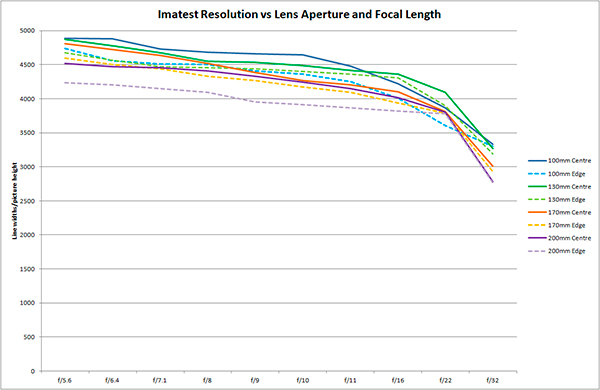
Lateral chromatic aberration remained within the ‘negligible’ band in our Imatest tests. This is to be expected since the camera applies automatic corrections for this problem. We weren’t able to evaluate raw files because our Imatest software is unable to process 102-megapixel files. In the graph of our test results below the red line marks the boundary between ‘negligible’ and ‘low’ CA.
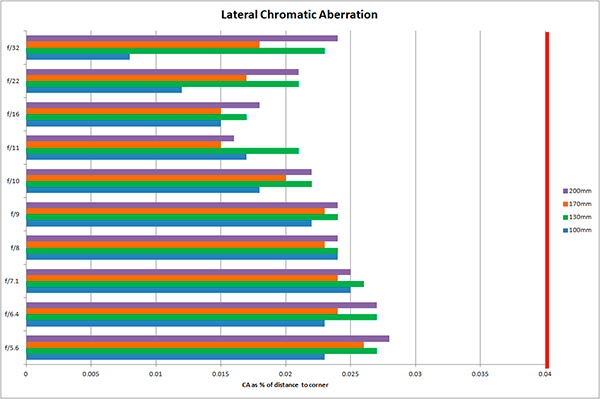
Vignetting was quite obvious at f/5.6 across the focal length range of the lens but had mostly vanished by between f/8 and f/10. It was fairly even across the zoom range but slightly heavier at 100mm.
We found no obvious signs of rectilinear distortion – and we didn’t expect this flaw in a medium telephoto lens of this type. Bokeh was quite smooth and generally attractive with only slight signs of outlining around highlights in shots taken at the minimum focus distance for each focal length setting.
The generous lens hood did a great job of suppressing ghosting and flare. It’s easy to fit and remove thanks to a relatively large locking button that is simple to locate by touch.
Autofocusing performance was also better than we expected for stills shooting and quite fast and very quiet. The system could lock onto moving subjects and differentiate between the subject and intervening objects, even when the subject represented a relatively small part of the frame. An example is shown below.
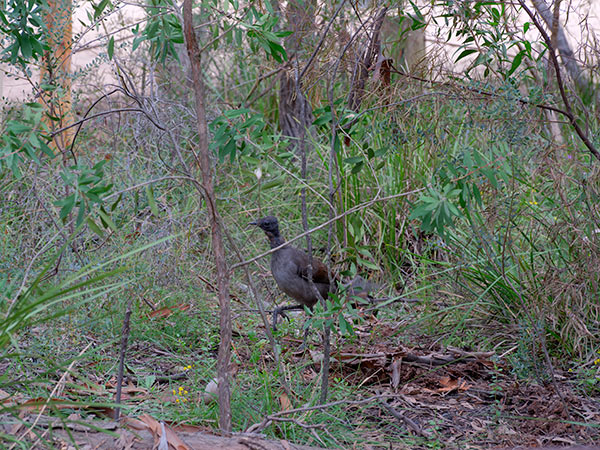
A hand-held shot taken with the 200mm focal length at f/11 and ISO 200 this 1/13 second exposure also shows the effectiveness of the stabilisation systems in the lens and the GFX 100S camera.

A crop from the above image magnified to 50% actual size, showing the AF system’s ability to use eye tracking to identify a subject in a confusing environment in low light levels.
Videographers should note the importance of setting up the optimal AF mode for the subject or scene. If you leave it to chance when grabbing a quick movie clip, you’re likely to end up with the subject slightly out of focus, which was our experience.
The review lens also suffered from slight focus breathing. This caused a slight contraction of the scene as the lens was focused more closely.
The combination of the in-camera and in-lens stabilisation delivered outstanding stability, enabling us to shoot with the lens hand-held at all focal length settings using shutter speeds as slow as 1/10 second and obtain a high percentage of usable images. Even slower shutter speeds were possible, although the results were less dependable. Examples can be found in the Samples section below.
Conclusion
Please Login or Register to access the Conclusion.
SPECS
SPECS:
Picture angle: 30.6 to 15.6 degrees
Minimum aperture: f/32
Lens construction: 20 elements in 13 groups (including 1aspherical and 2 Super ED elements)
Lens mounts: Fujifilm G
Diaphragm Blades: 9 (circular aperture)
Weather resistance: Yes, dust- and moisture-resistant
Focus drive: Linear motor
Stabilisation: Yes, optical, 5 stops
Minimum focus: 60 cm at 100mm; 1.6 m at 200mm
Maximum magnification: 0.2x at 100mm
Filter size: 67 mm
Dimensions (Diameter x L): 89.5 x 183 mm
Weight: 1050 grams (1172 grams with supplied tripod collar)
Standard Accessories: Lens cap FLCP-67II, Lens rear cap RLCP-002, Lens hood, Tripod collar foot, Lens pouch
Distributor: Fujifilm Australia; 1800 226 355.
TESTS
Based on JPEG files taken with the Fujifilm GFX 100S camera.
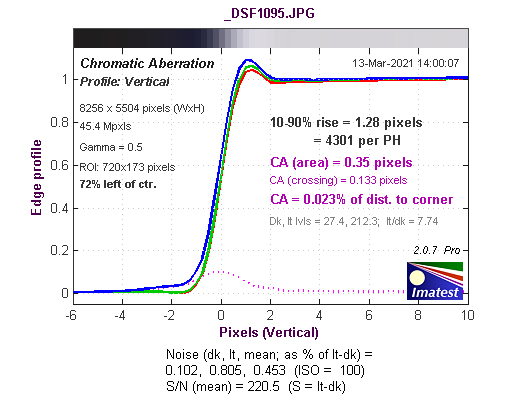
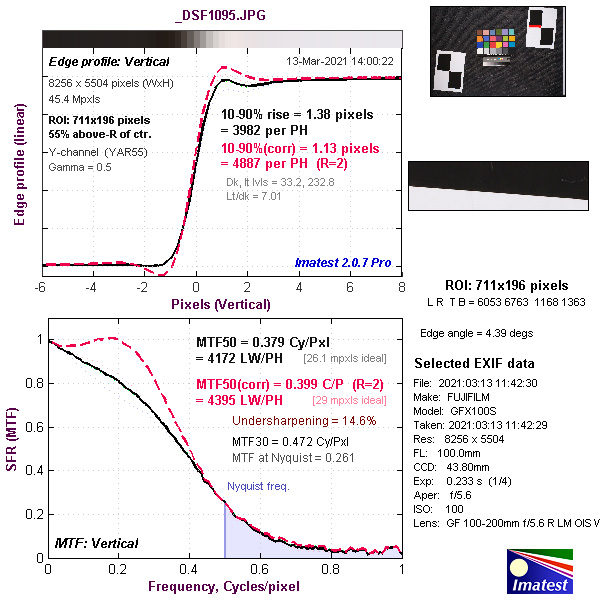
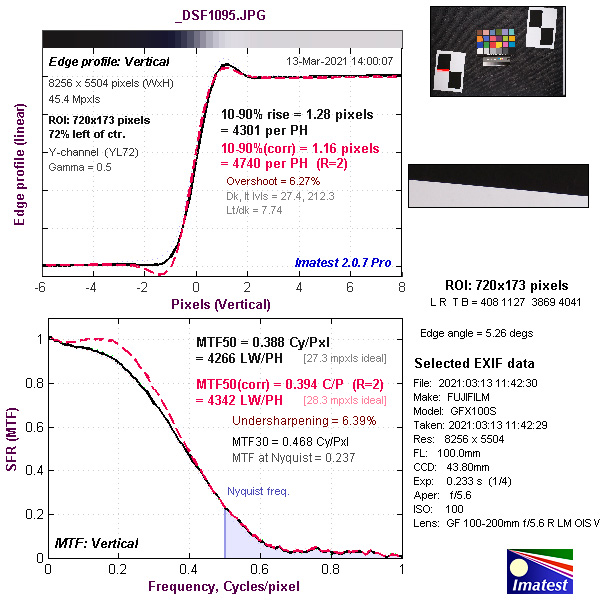
SAMPLES

Vignetting at 100mm f/5.6.

Vignetting at 130mm f/5.5.
Vignetting at 170mm f/5.6.

Vignetting at 200mm f/5.6.
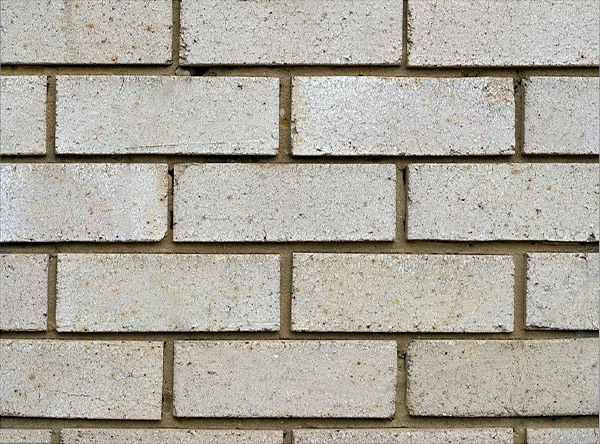
Rectilinear distortion at 100mm.
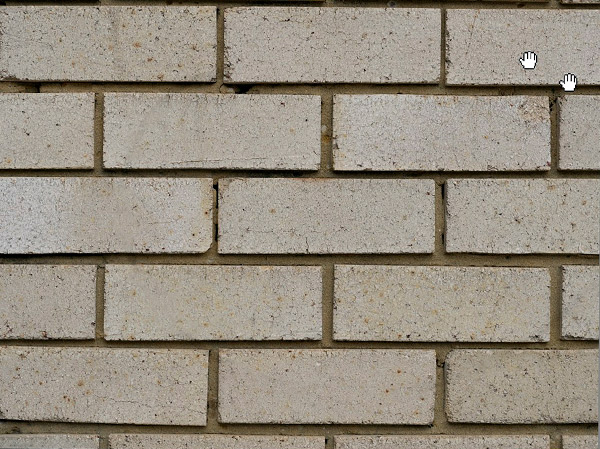
Rectilinear distortion at 130mm.
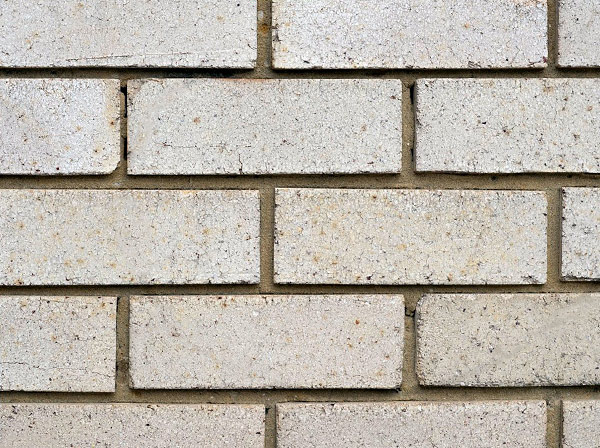
Rectilinear distortion at 170mm.
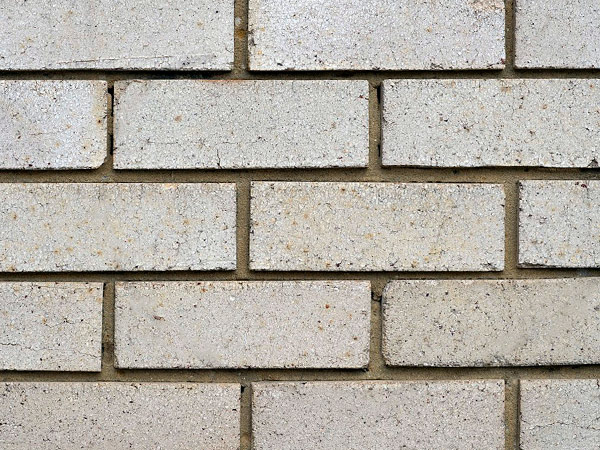
Rectilinear distortion at 200mm.
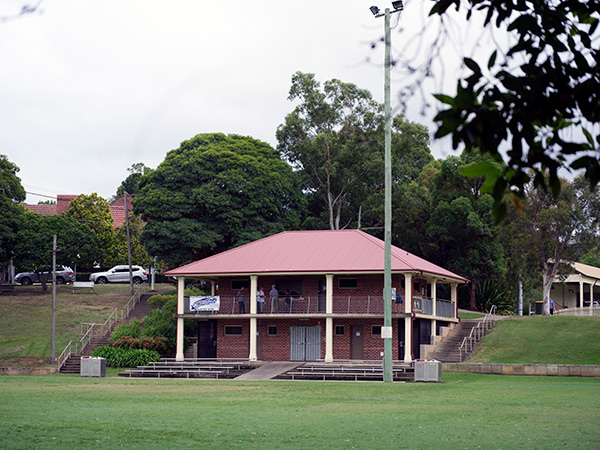
100mm focal length, ISO 400, 1/350 second at f/5.6.
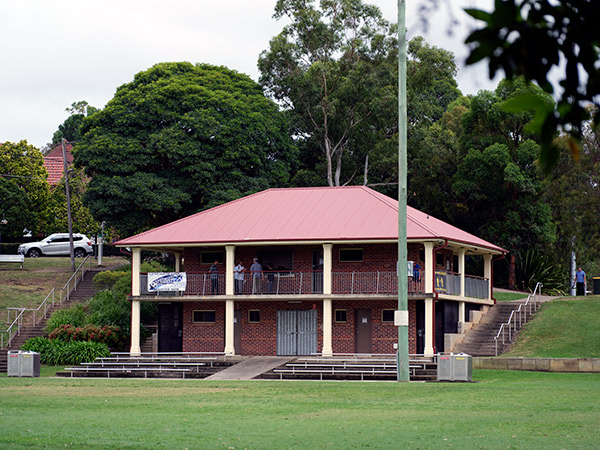
130mm focal length, ISO 400, 1/350 second at f/5.6.
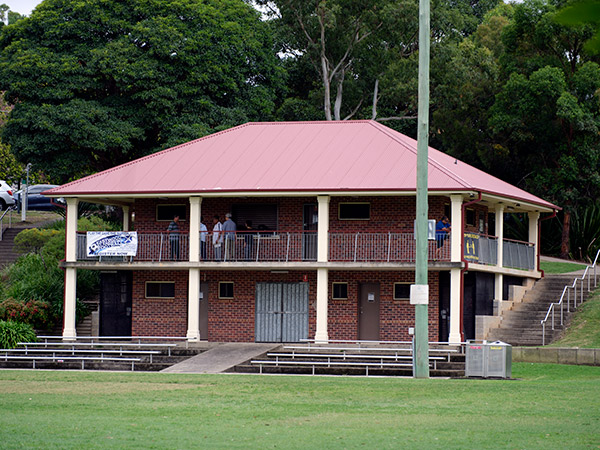
170mm focal length, ISO 400, 1/300 second at f/5.6.
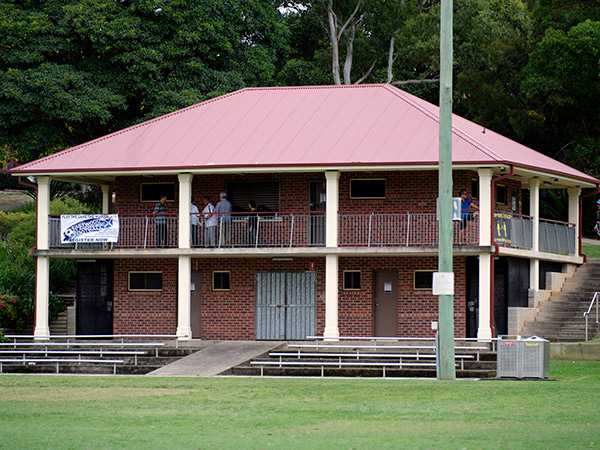
200mm focal length, ISO 400, 1/280 second at f/5.6.
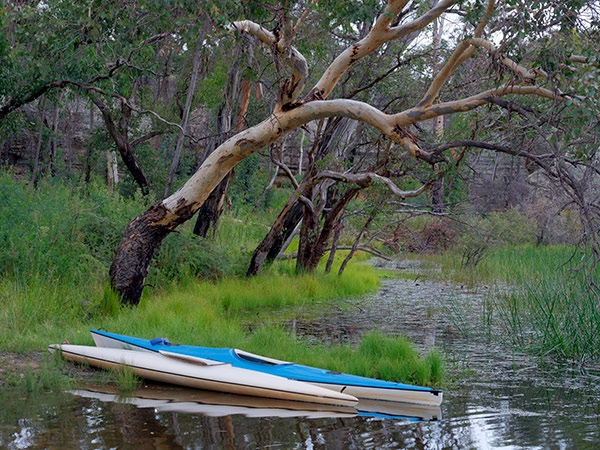
A shooting mode; 100mm focal length, ISO 200, 1/18 second at f/16.
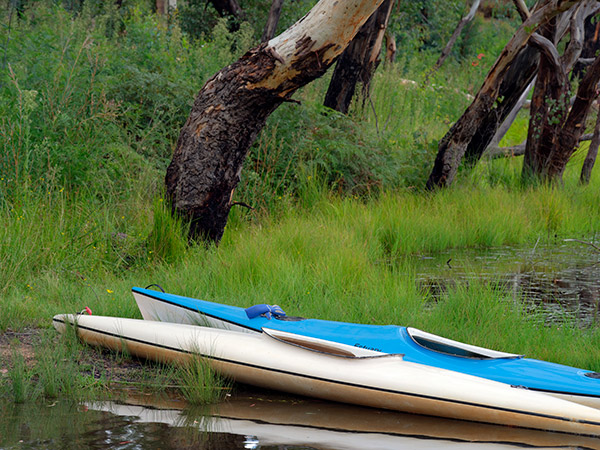
A shooting mode; 200mm focal length, ISO 200, 1/28 second at f/16.

Closest focus at 100mm focal length, ISO 400, 1/900 second at f/5.6.

Closest focus at 130mm focal length, ISO 400, 1/500 second at f/5.6.

Closest focus at 170mm focal length, ISO 400, 1/450 second at f/5.6.

Closest focus at 200mm focal length, ISO 400, 1/450 second at f/5.6.

200mm focal length, ISO 400, 1/52 second at f/5.6.

Crop from the above image magnified to 100%.

Close-up at 196mm focal length, ISO 400, 1/280 second at f/5.6.

Crop from the above image magnified to 50%.
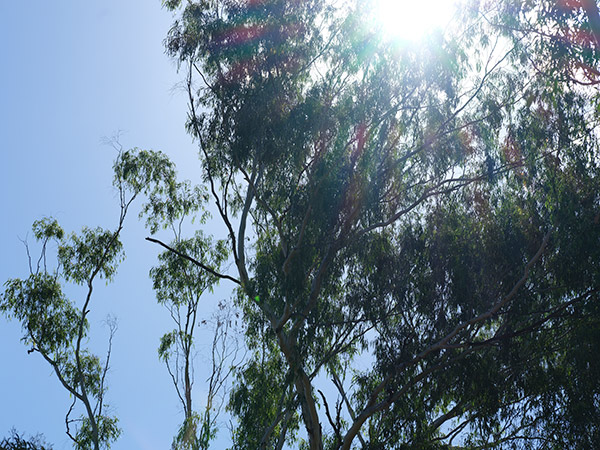
Coloured sunstars from strong contre-jour lighting; 133mm focal length, ISO 100, 1/100 second at f/11.
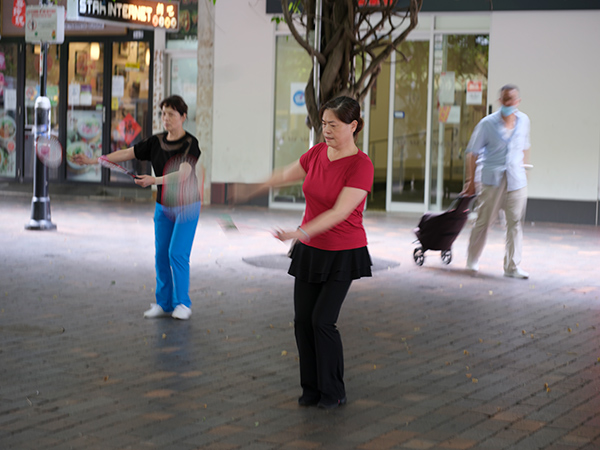
Backlit scene; 100mm focal length, ISO 100, 1/50 second at f/10.

200mm focal length, ISO 400, 1/270 second at f/5.6.

200mm focal length, ISO 100, 1/400 second at f/9.

100mm focal length, ISO 200, 1/100 second at f/5.6.
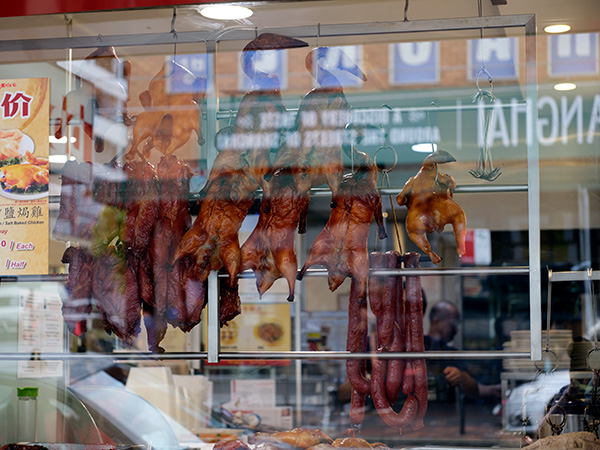
100mm focal length, ISO 400, 1/30 second at f/5.6.

A shooting mode; 162mm focal length, ISO 200, 1/125 second at f/5.6.
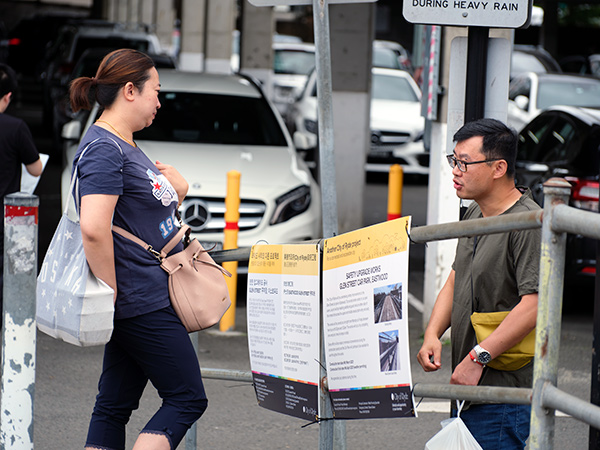
P shooting mode; 162mm focal length, ISO 400, 1/200 second at f/6.4.
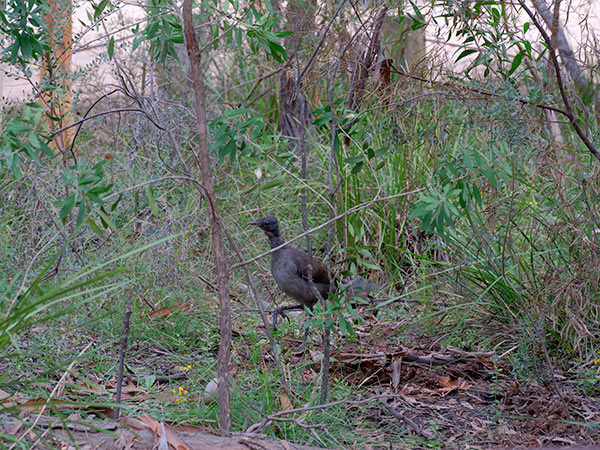
Bird eye-recognition AF at 200mm focal length; ISO 200, 1/12 second at f/8.

Crop from the above image magnified to 50%.
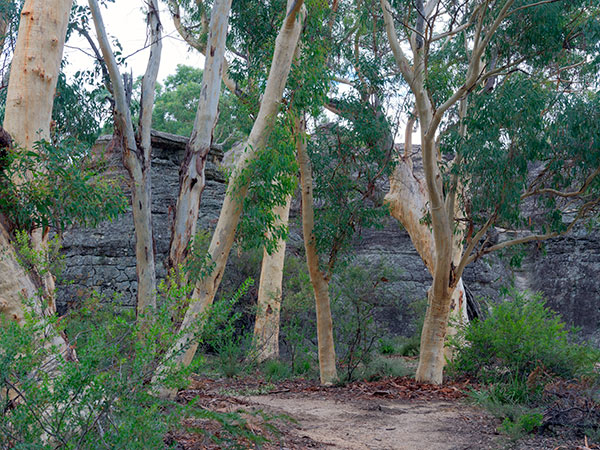
A shooting mode; 100mm focal length, ISO 200, 1/17 second at f/16.

Crop from the above image magnified to 100%.
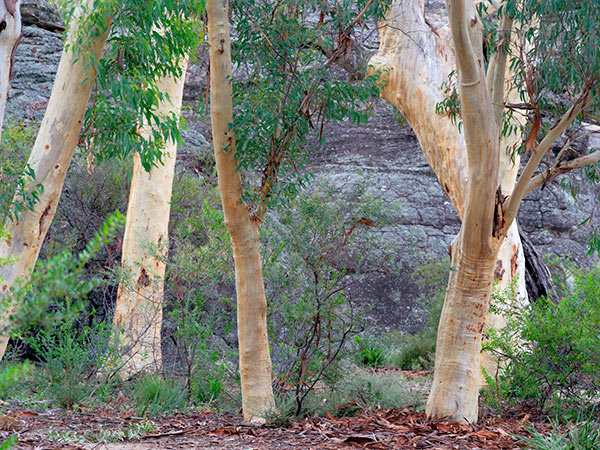
A shooting mode; 200mm focal length, ISO 200, 1/13 second at f/16.
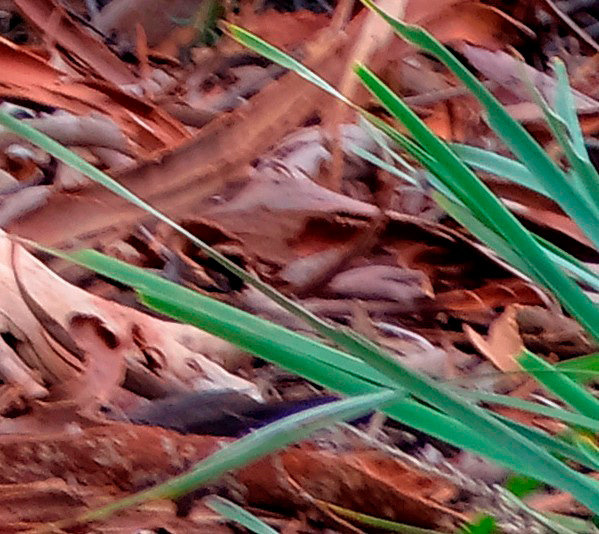
Crop from the above image magnified to 100% showing effective stabilisation plus sharpness near the edge of the frame.
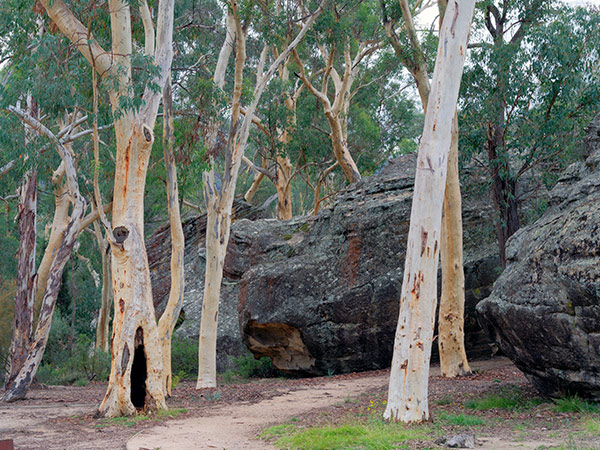
A shooting mode; 100mm focal length, ISO 200, 1/10 second at f/22.
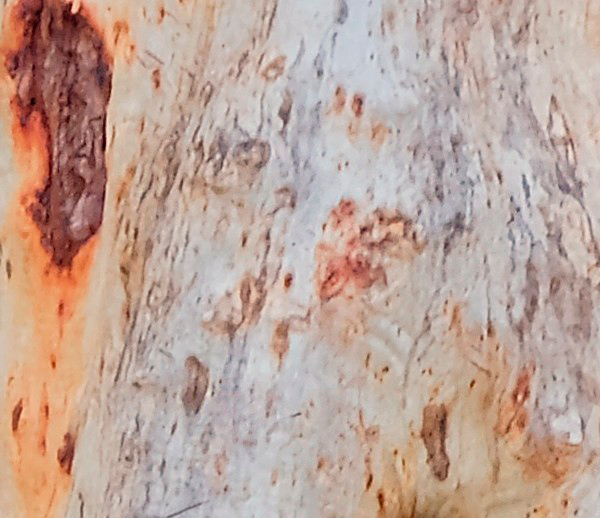
Crop from the above image magnified to 100%.
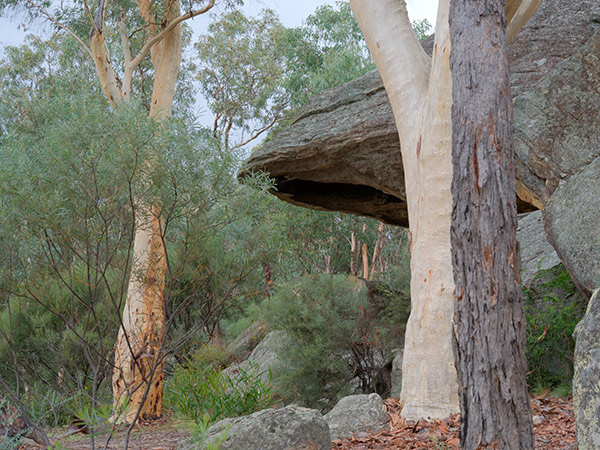
100mm focal length, ISO 200, 1/8 second at f/22.
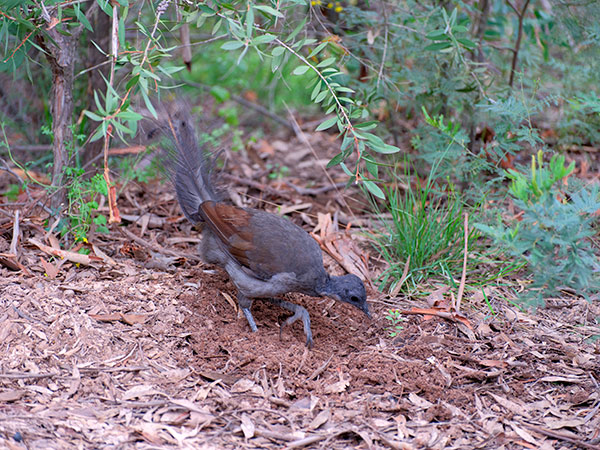
200mm focal length, ISO 200, 1/20 second at f/5.6.
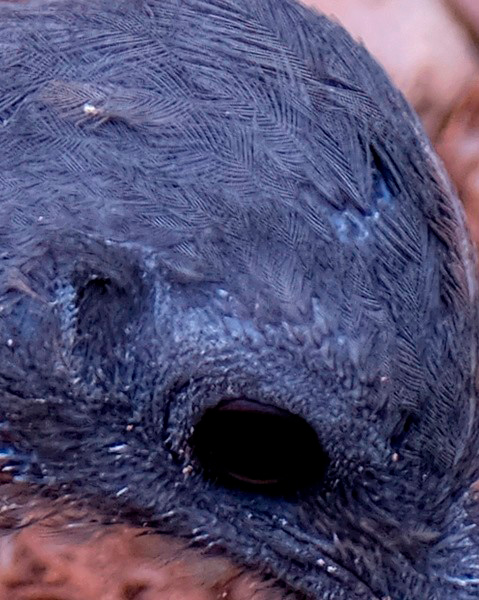
Crop from the above image magnified to 100%.
Additional image samples can be found with our review of the Fujifilm GFX 100S camera.
Rating
RRP: AU$3199; US$1999.95
- Build: 9.0
- Handling: 9.0
- Image quality: 9.2
- Autofocusing: 9.0
- Versatility: 8.5


